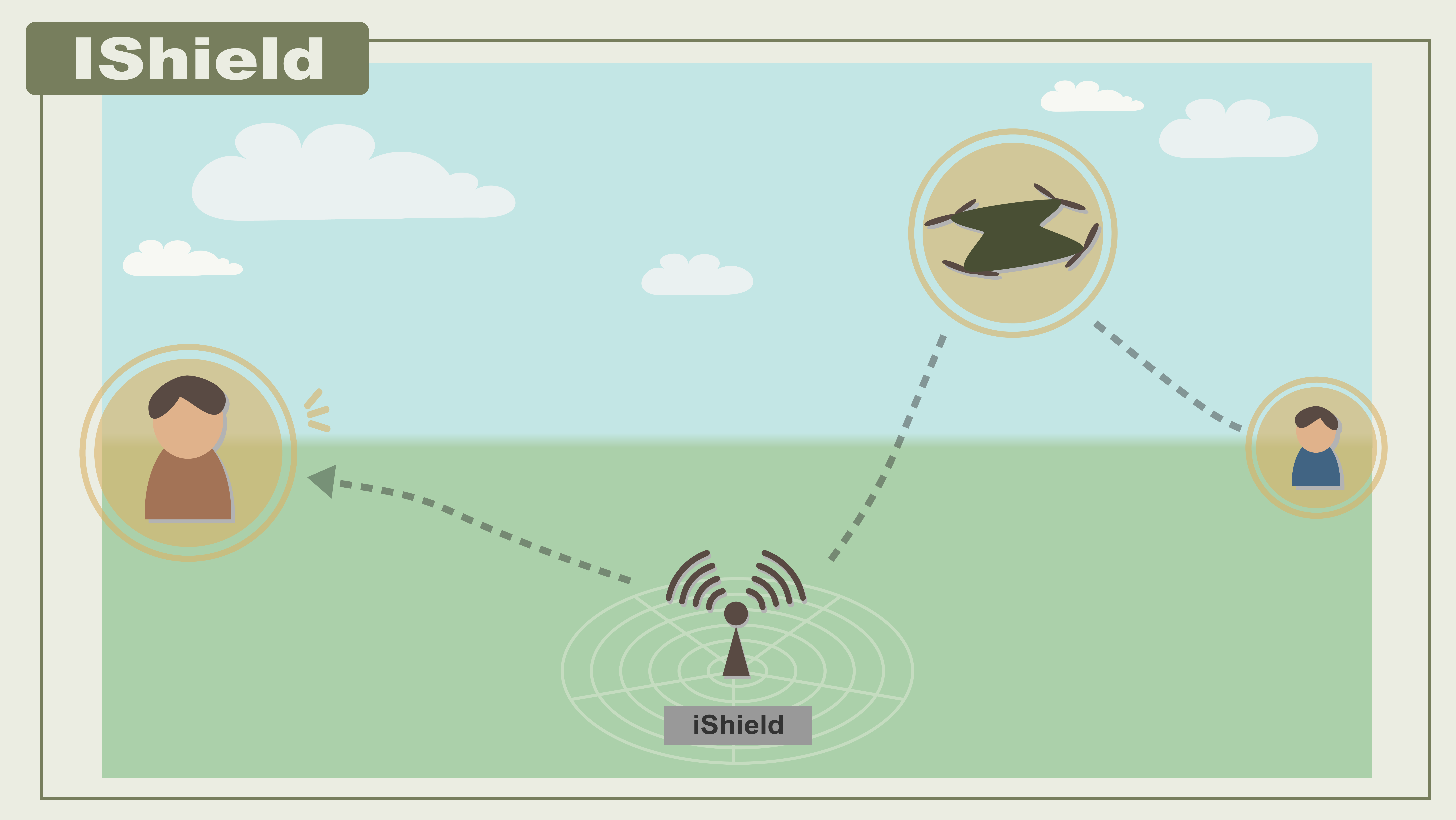Nowadays, with the rise of drones and thus, the rise of drone threats, drone detection systems have been flourishing on the market worldwide. In this article, we will review the different anti-drone solutions including pros and cons of each technology. At the end of your reading, you should be able to have an overview of the anti-drone market and what you should buy regarding your needs. We will focus on the “monitoring equipment” or the systems that help protect people and building from drone threats.

Simply put, an acoustic sensor is made of microphones (a lot) that detect the specific sound made by a drone.
An optical sensor is a passive drone detection system which allows to compute the position, trajectory and speed of the UAV.
A radar basically use radio energy to detect an object. The radar sends a signal to receive a reflection of the signal from the drone. When using a radar you are able to measure the direction and the distance of the drone.
A radio-frequency drone detection system is made of one or more antennas that analyze the radio frequency spectrum of the target.
At iTech, we are providing a drone detection system using RF technology called iShield (mettre lien de la page). The cool thing is we also built a specific system using AI. Thanks to our amazing team of engineers, we developed a drone detection system that localize the drones and the pilots of drones up to 5km! Tested in a noisy environment (urban area in Taipei City with lots of radio frequencies and wireless communication systems), we can easily target the communication of the drones and get rid of the unnecessary RF. Our system can monitor days and nights and you don’t need any licence to use it. Thus, it’s a very valuable solution in airports since iShield doesn’t disturb other wireless communication systems. It can protect any buildings or events, like public events, stadiums, international exhibitions, factories, houses, etc.